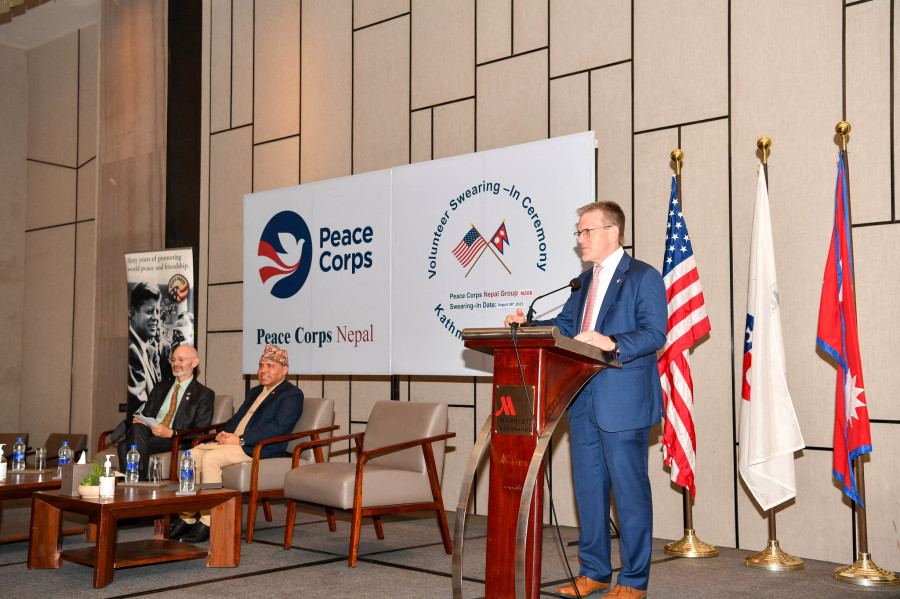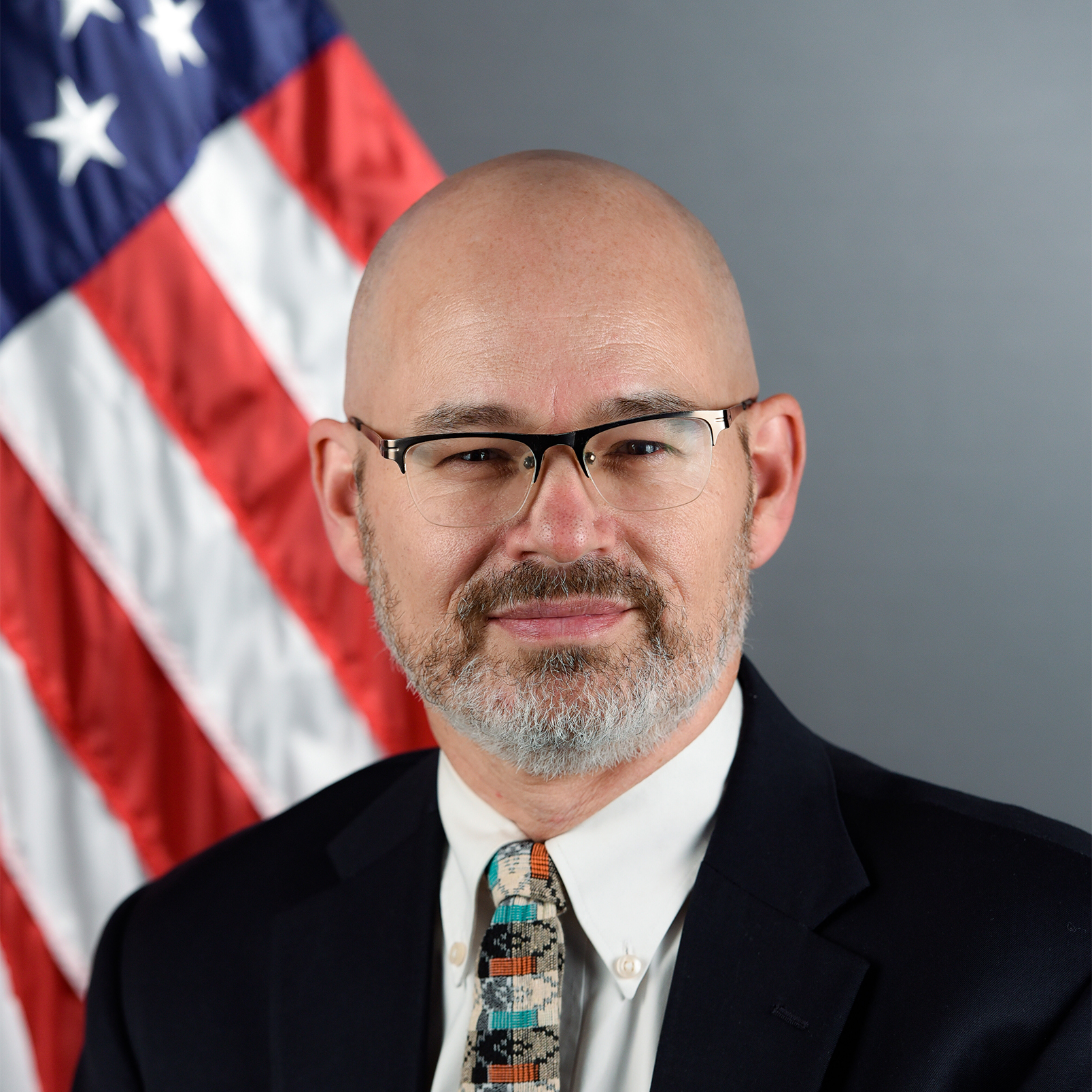Columns
Six decades of Peace Corps in Nepal
The US and Nepal have been steadfast friends not only as countries but also on the individual level.
Troy Kofroth
Each year at this time, the Peace Corps notes the anniversary of the start of the programme in Nepal in 1962. On August 24 of that year—soon after President John F Kennedy created the Peace Corps—the governments of Nepal and the United States signed a bilateral agreement to authorise the Peace Corps’ operation in Nepal. Just a few weeks later, in September 1962, the first group of 77 volunteers consisting of teachers and agriculture specialists arrived in Kathmandu to live in and partner with Nepali communities. Since 1962, nearly 4,000 US citizens have arrived in Nepal to serve as volunteers for two years. These volunteers have lived in communities across the country and worked in multiple sectors.
On the anniversary, we note the achievements accomplished by our volunteers working in collaboration with their host communities and Nepali counterparts.
However, this year's anniversary has special significance in that it coincides with the return of Peace Corps volunteers after a three-year gap caused by the COVID-19 pandemic. On Peace Corps Nepal’s 61st birthday—August 24, 2023-21—English education and food security volunteers swore in to begin their two years of service. They are now living and serving in five districts in two provinces of Nepal.
The education volunteers serve in government schools teaching English targeted on classes 4-7, but more importantly, they work to build the capacity of the schools’ English language teachers who learn new skills that these teachers can apply throughout their careers. The food security volunteers serve in rural communities whose economies are tied to the land and work with farmers’ groups both to improve agricultural output and to increase the nutritional value of the meals these families serve, but also to produce high-value cash crops to increase family income.
This new group of volunteers continues the proud traditions of learning Nepali and integrating into their assigned host communities. Peace Corps believes that volunteers working with their community members can make progress on development challenges prioritised by the community.
However, just as important as the technical work that volunteers complete are the people-to-people bonds they create. Peace Corps volunteers live in Nepali communities and reside with Nepali host families. They drink morning chiya and eat daal bhaat with their families. They work daily with Nepali teachers, farmers, and school children, learning and speaking Nepali. These close relationships create lasting bonds—bonds based on mutual respect and understanding.
And these bonds last generations. In my job as Country Director, I often meet Nepalis of all ages and professions who tell me a story about having lived or worked with or learned from a Peace Corps volunteer in the 1960s or a later decade. They reminisce fondly about the relationship and the Volunteer's impact on them. One such story is that of my friend Sarita Neupane. I met Sarita many years ago when our children attended the same school in Kathmandu. When Sarita learned I worked for the Peace Corps, she immediately told me about growing up in rural Lamjung District and having a Peace Corps Volunteer teacher in her school. The Volunteer’s name was David Walker, and according to Sarita, Mr Walker not only taught her English but encouraged her to go forward in her studies. In fact, Sarita later got a PhD in the United States and subsequently worked for many years in health and nutrition in multiple countries for UNICEF. Another example is Nepal’s current Foreign Secretary, Mr Bharat Raj Paudyal, who was the chief guest at the Peace Corps’ recent swearing-in ceremony. Secretary Paudyal mentioned that he, too, had been taught by a Peace Corps volunteer in his youth in the Syangja district and remembered that experience fondly.
These stories are not unique and are powerful examples of how Peace Corps volunteers create lasting relationships between the citizens of our two countries.
But these stories are not being told just in Nepal. The Peace Corps volunteers return home to the US and fulfil an important Peace Corps goal of “bringing the world” back home. Former volunteers from Nepal tell their American friends and families about Nepal, cook daal bhaat for their American families, and make Nepal a familiar place to Americans and not a far-away one.
Through these six decades, the US and Nepal have been steadfast friends not only as countries but also as individual friends of Nepalis and US volunteers. For these friendships, the Peace Corps wishes to express gratitude to the Nepali government and communities that have hosted volunteers since 1962. We look forward to continuing our partnership so that future generations also have their own stories to tell about the Peace Corps volunteers in their communities.




 19.12°C Kathmandu
19.12°C Kathmandu















